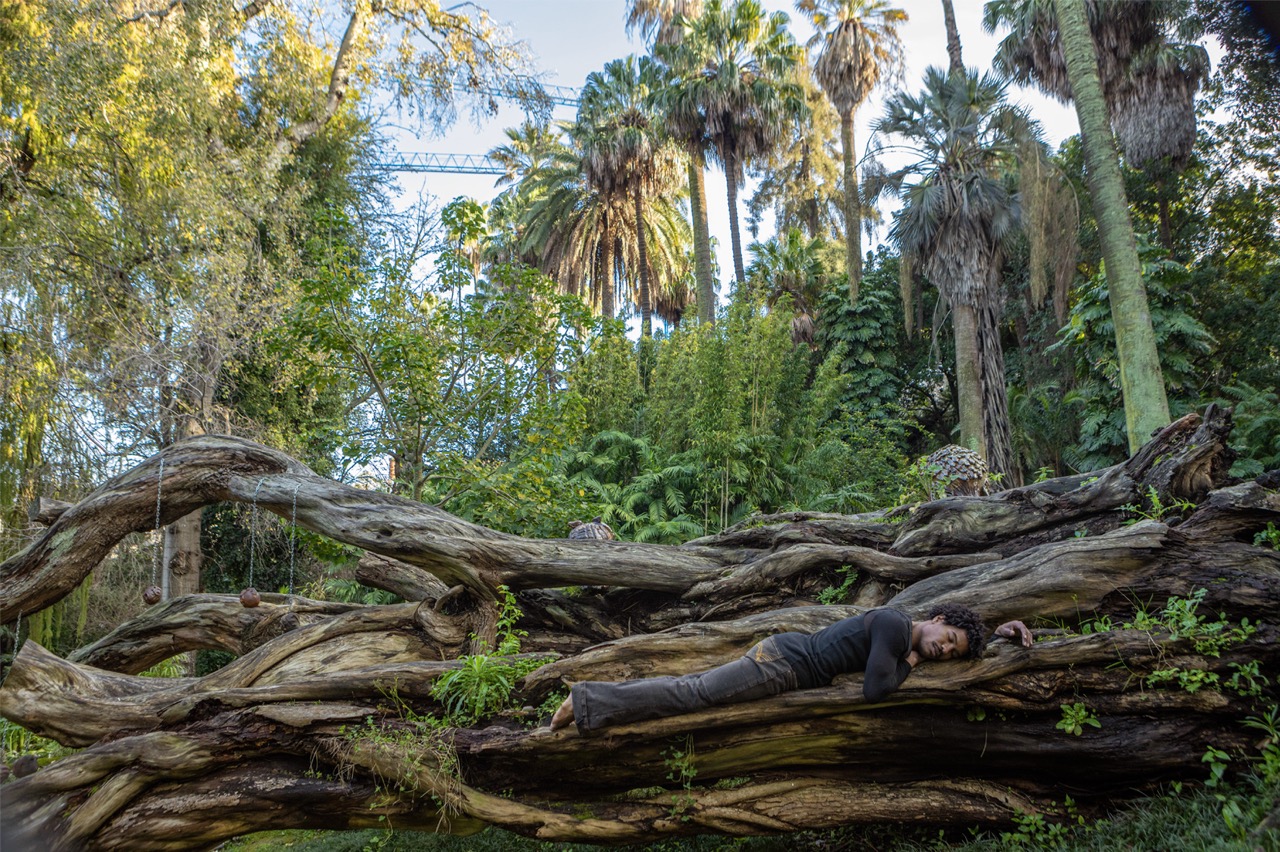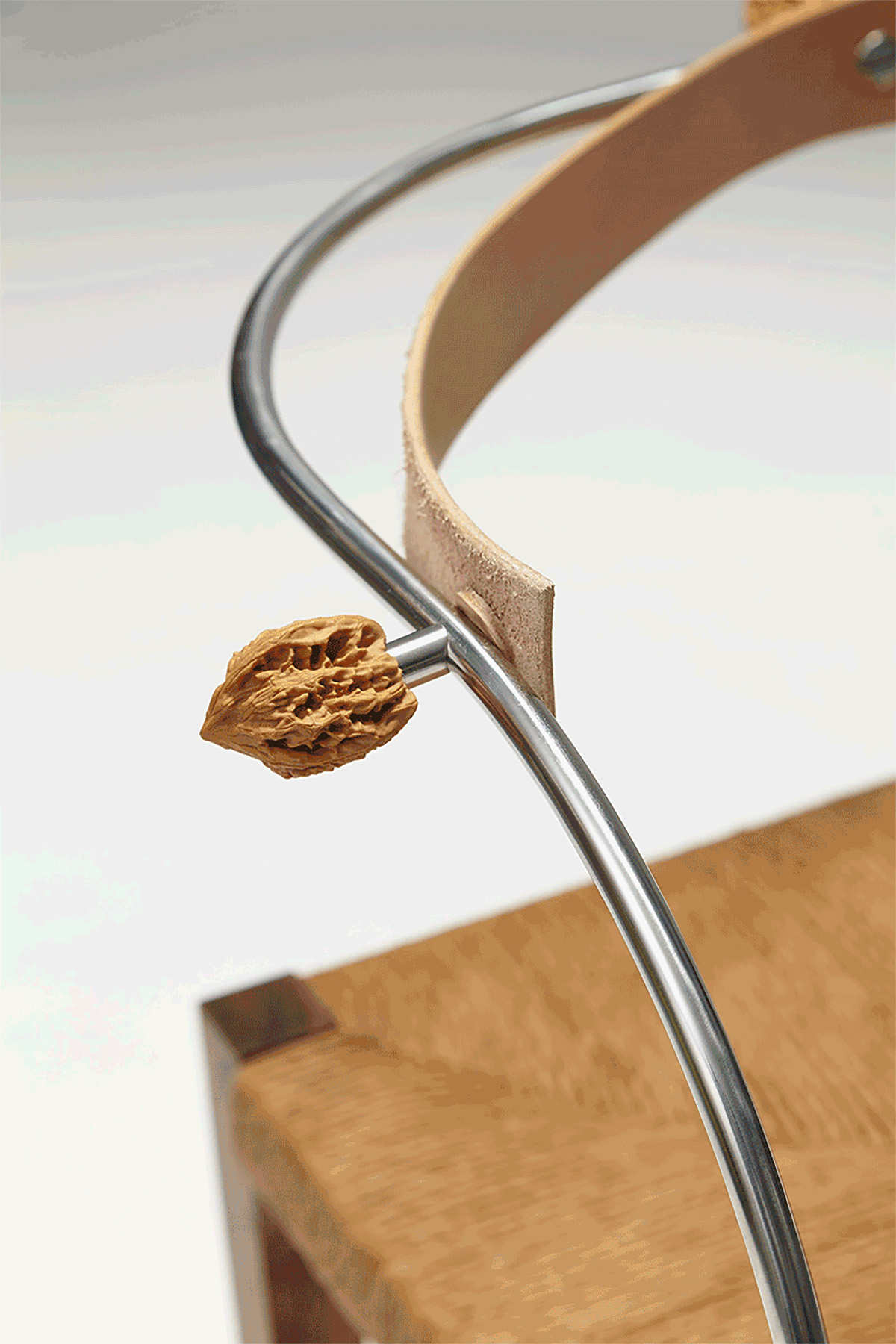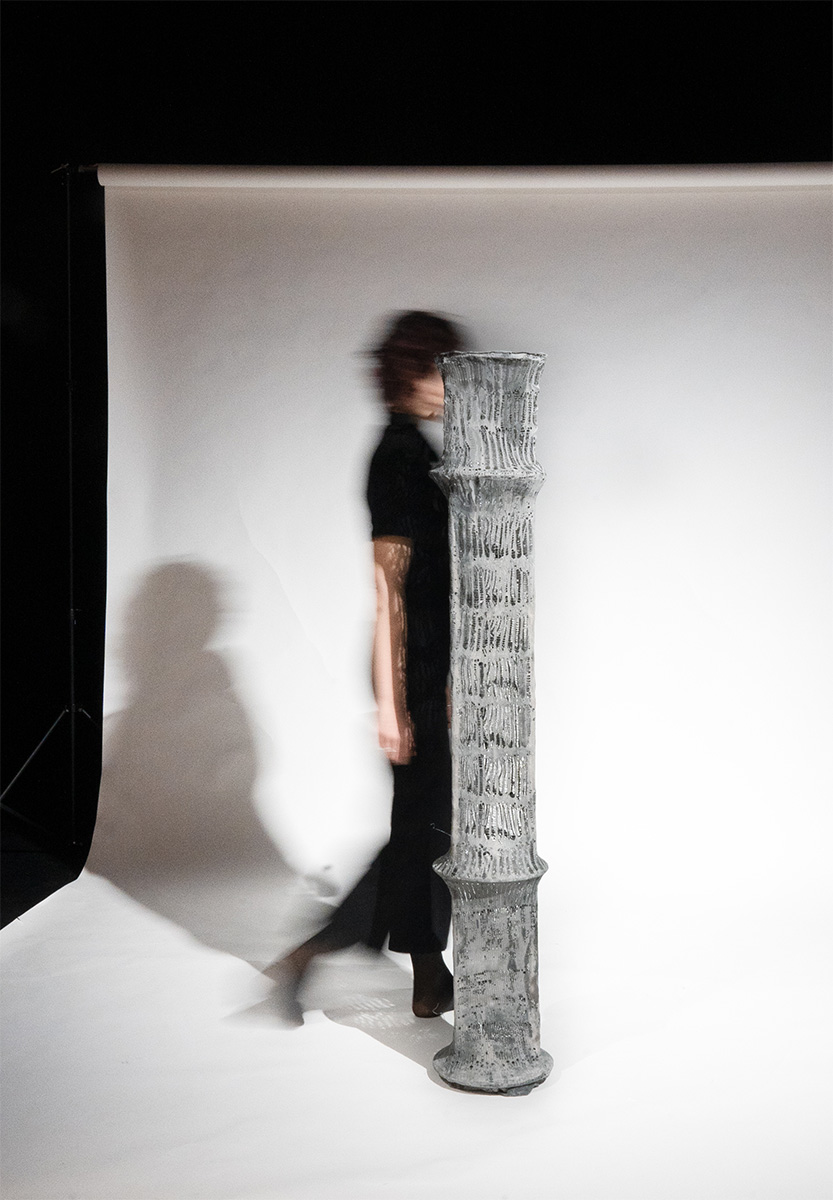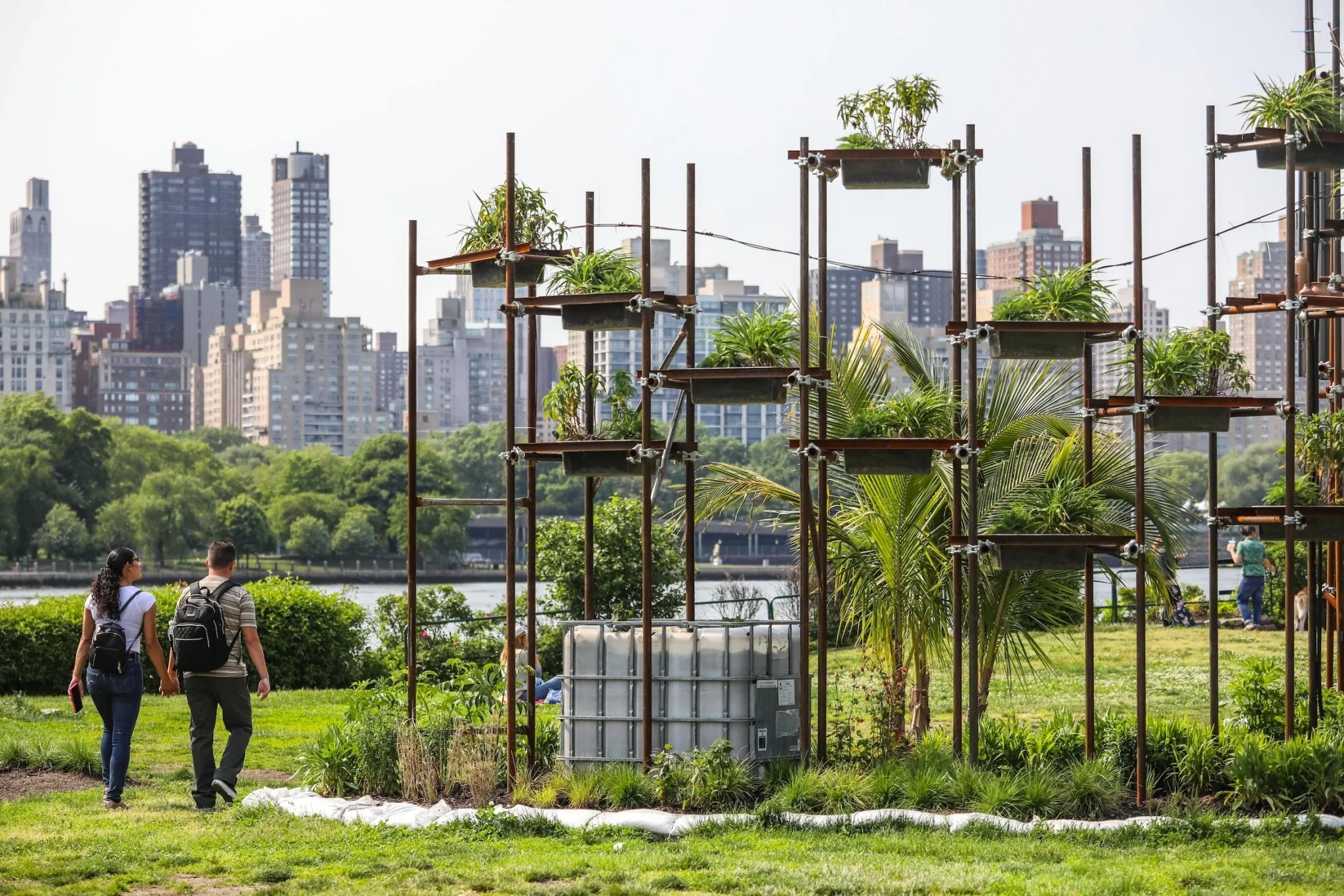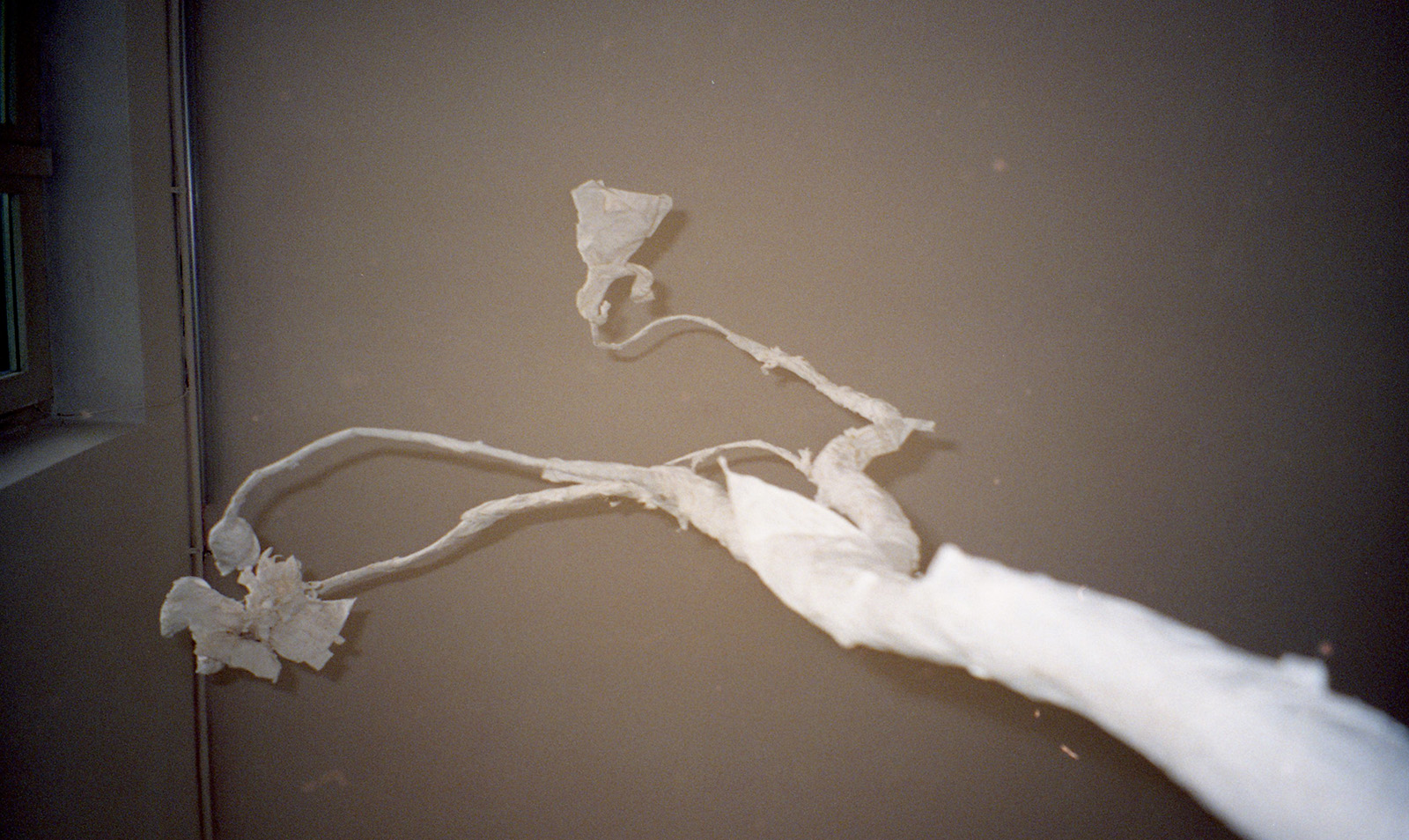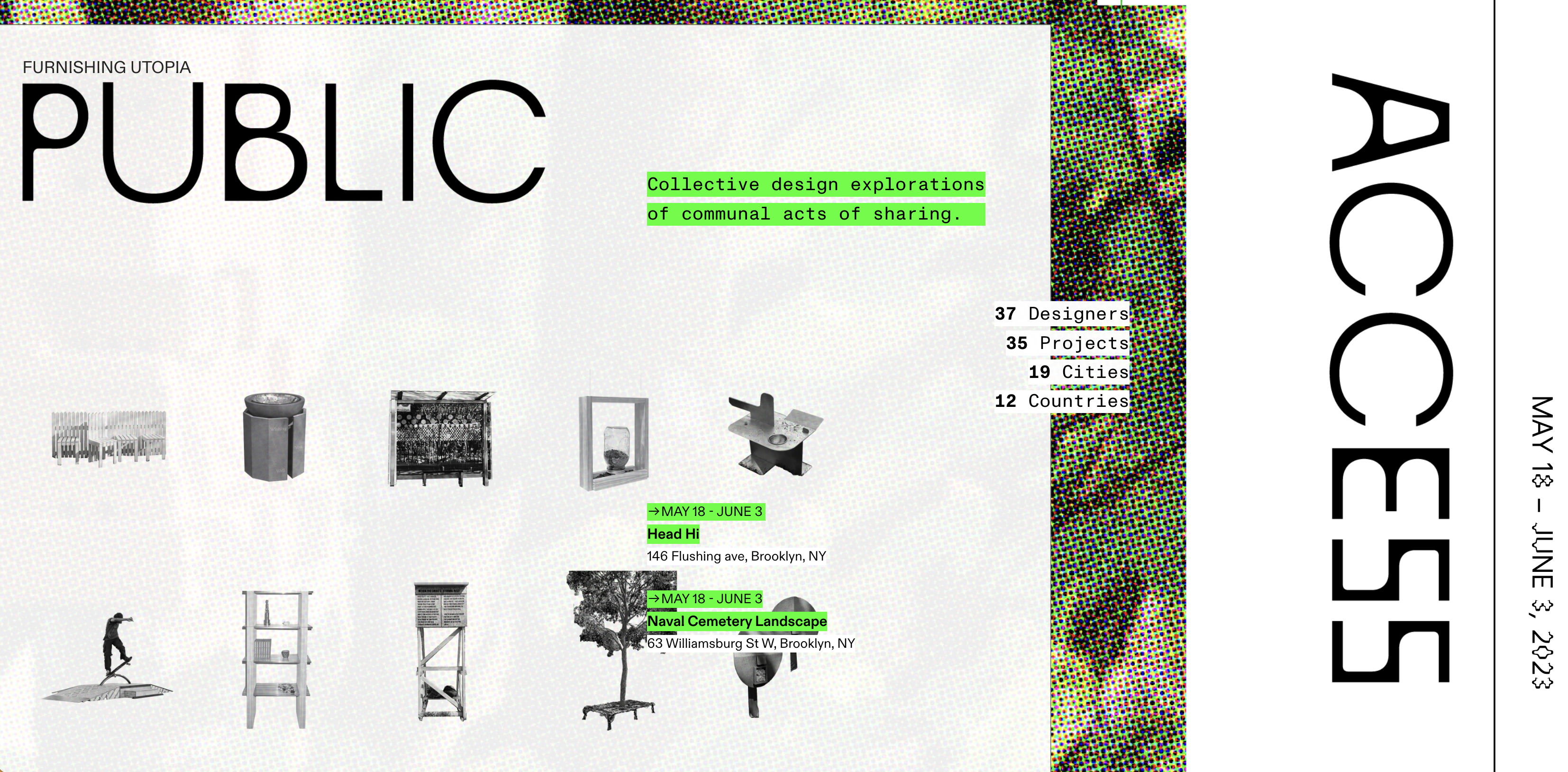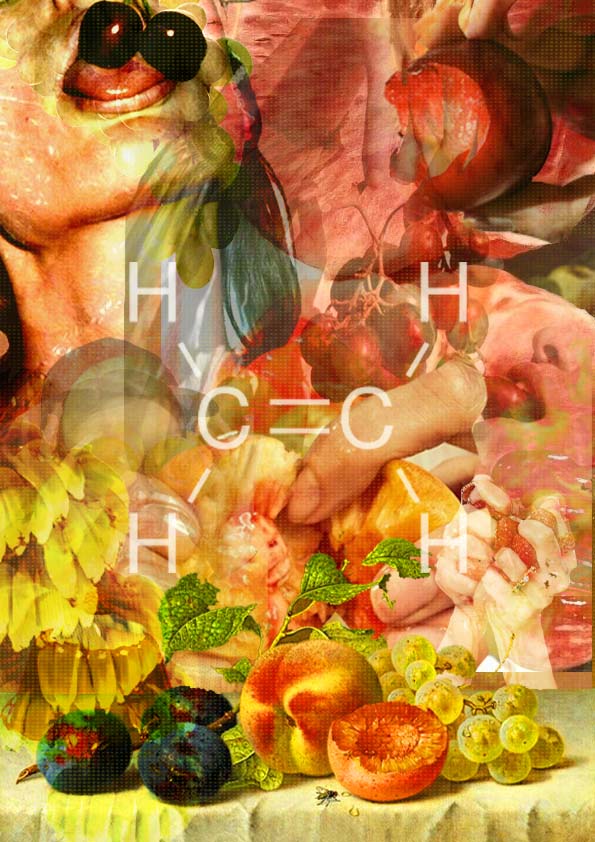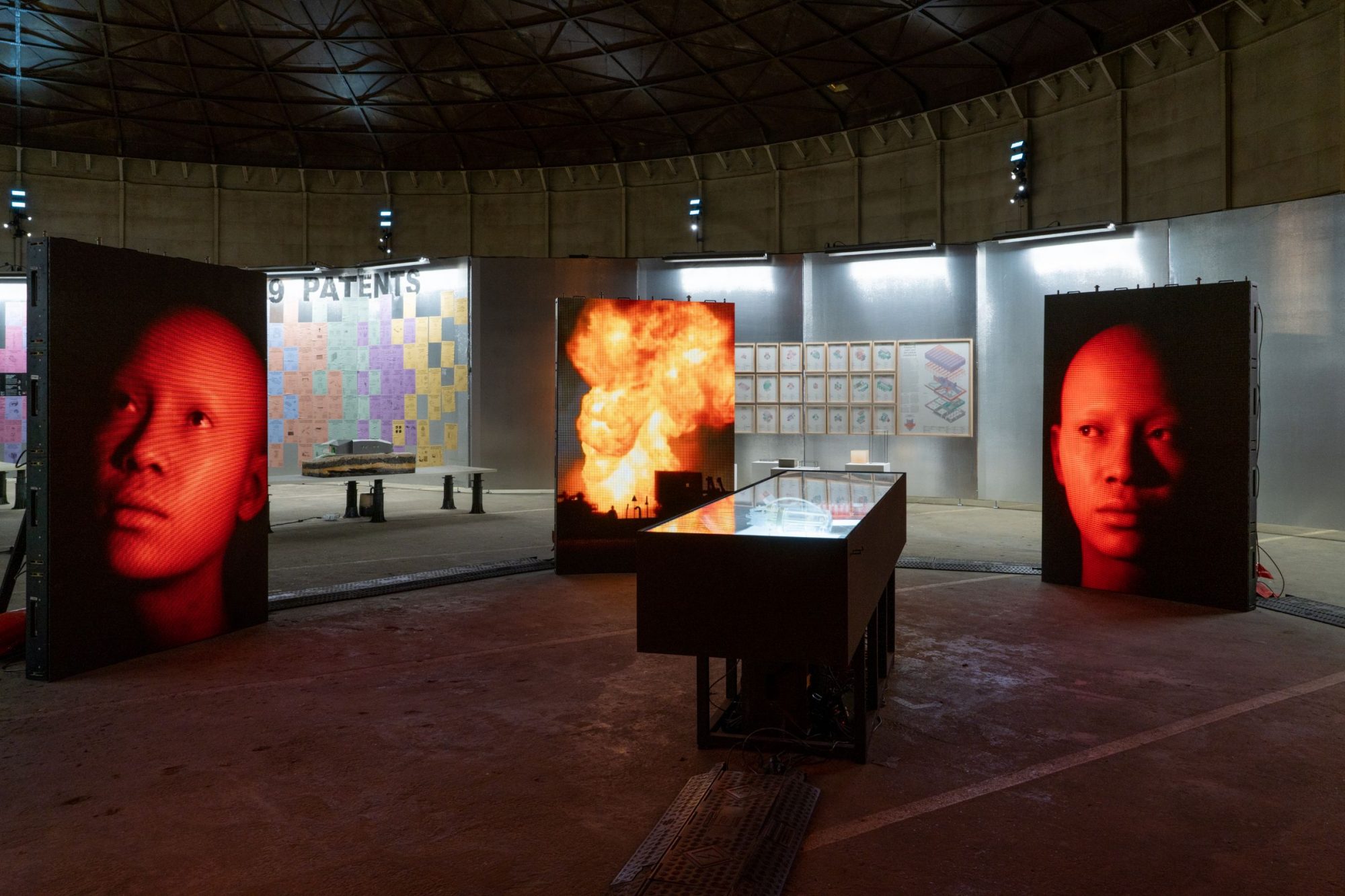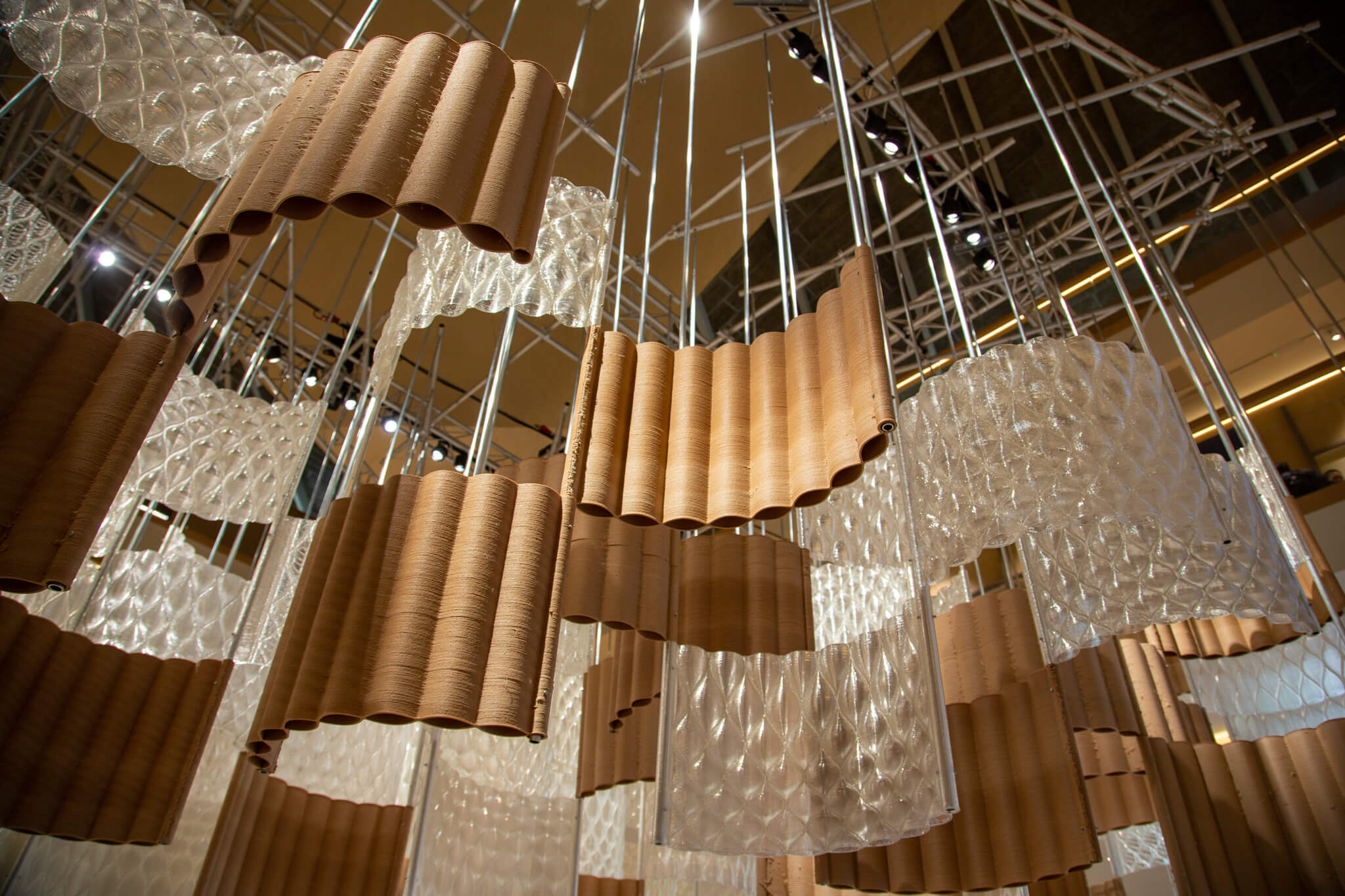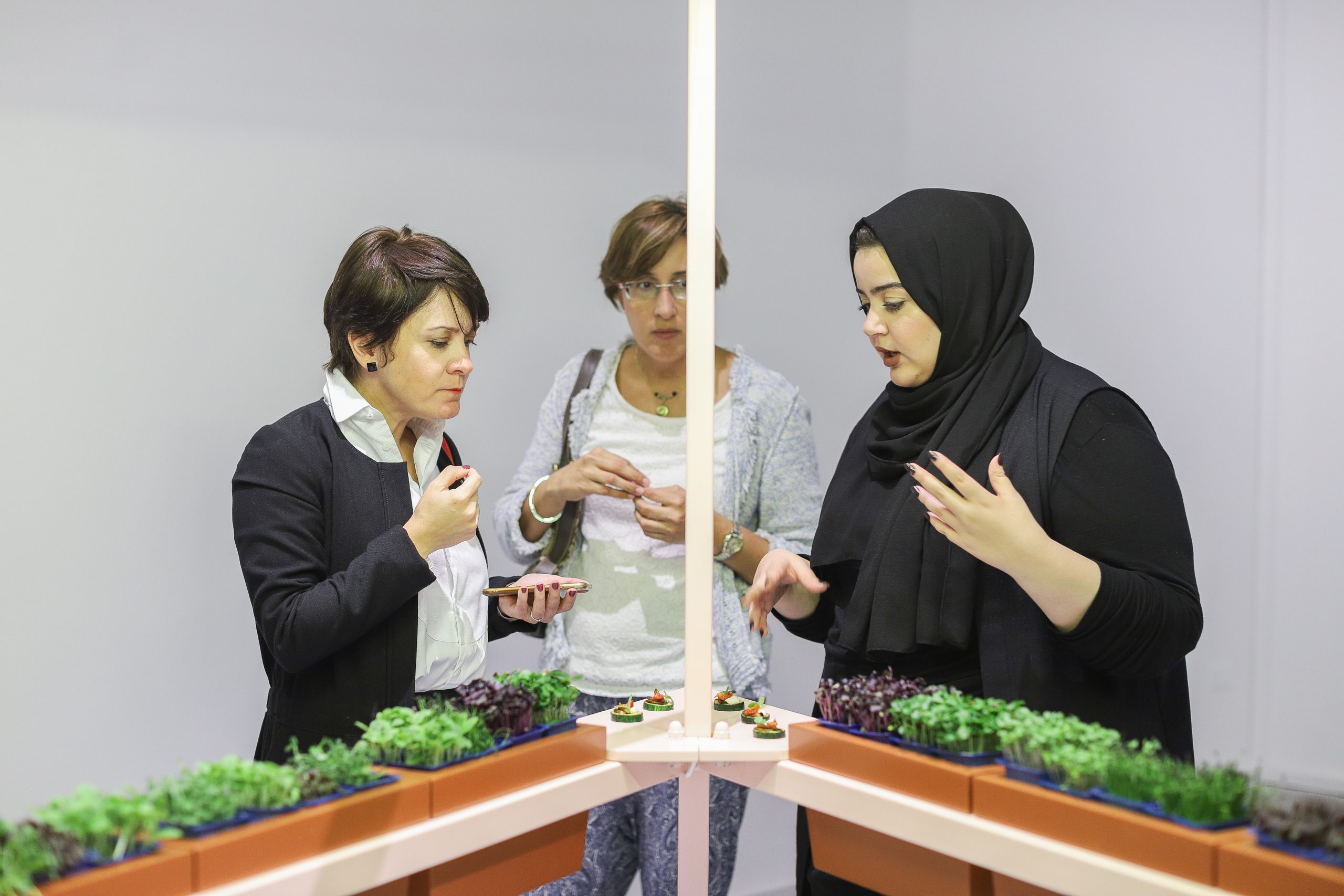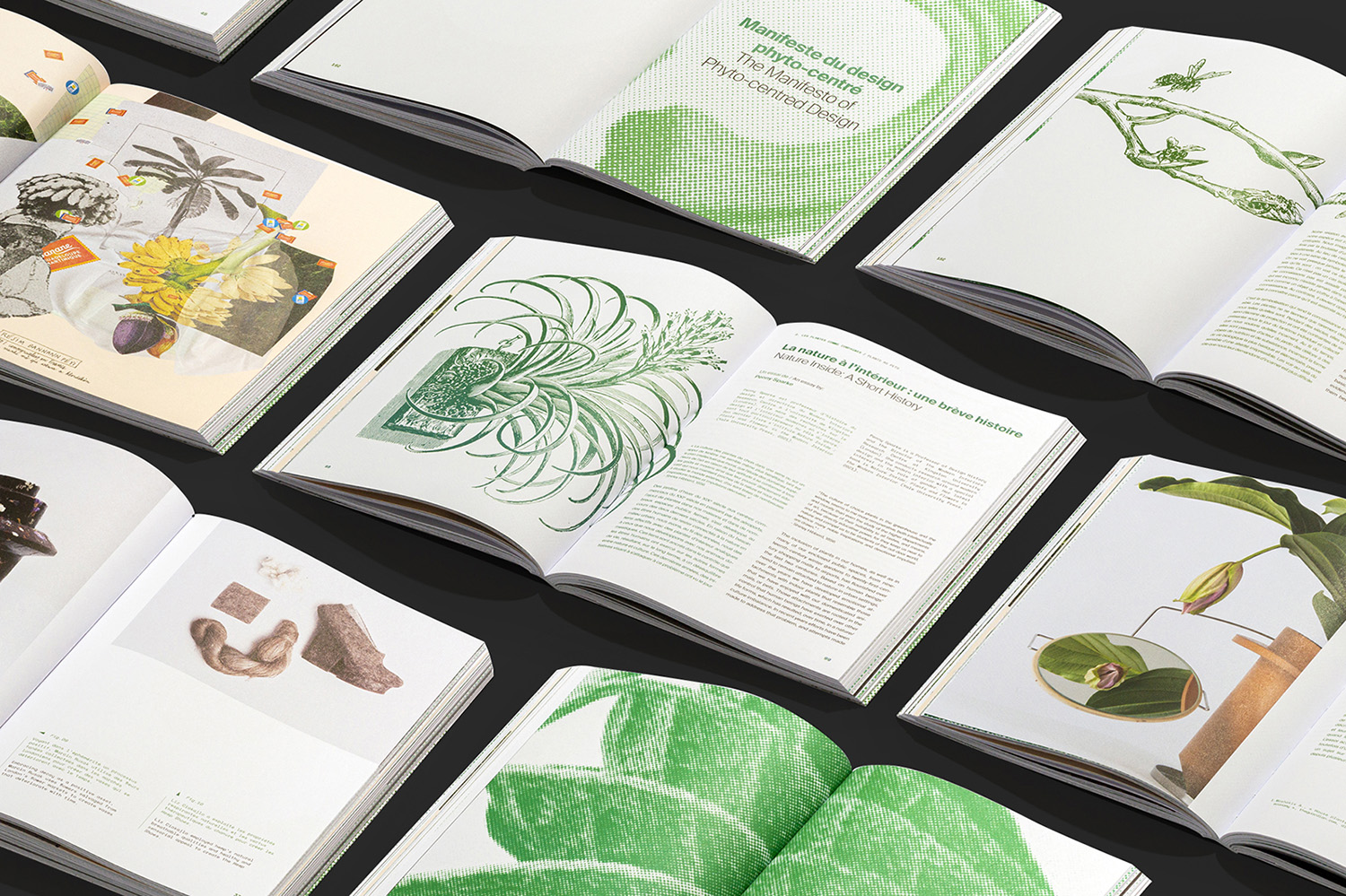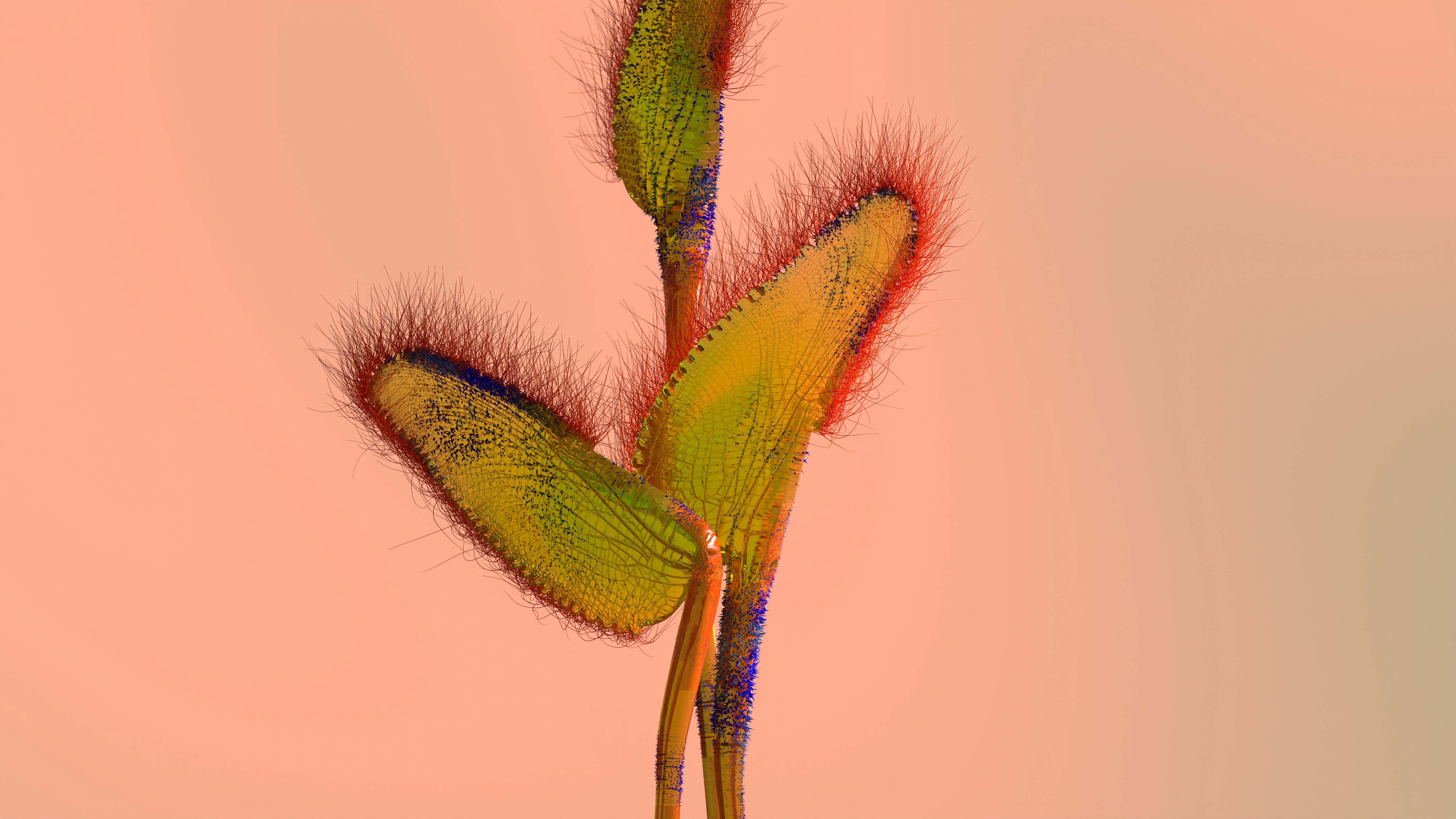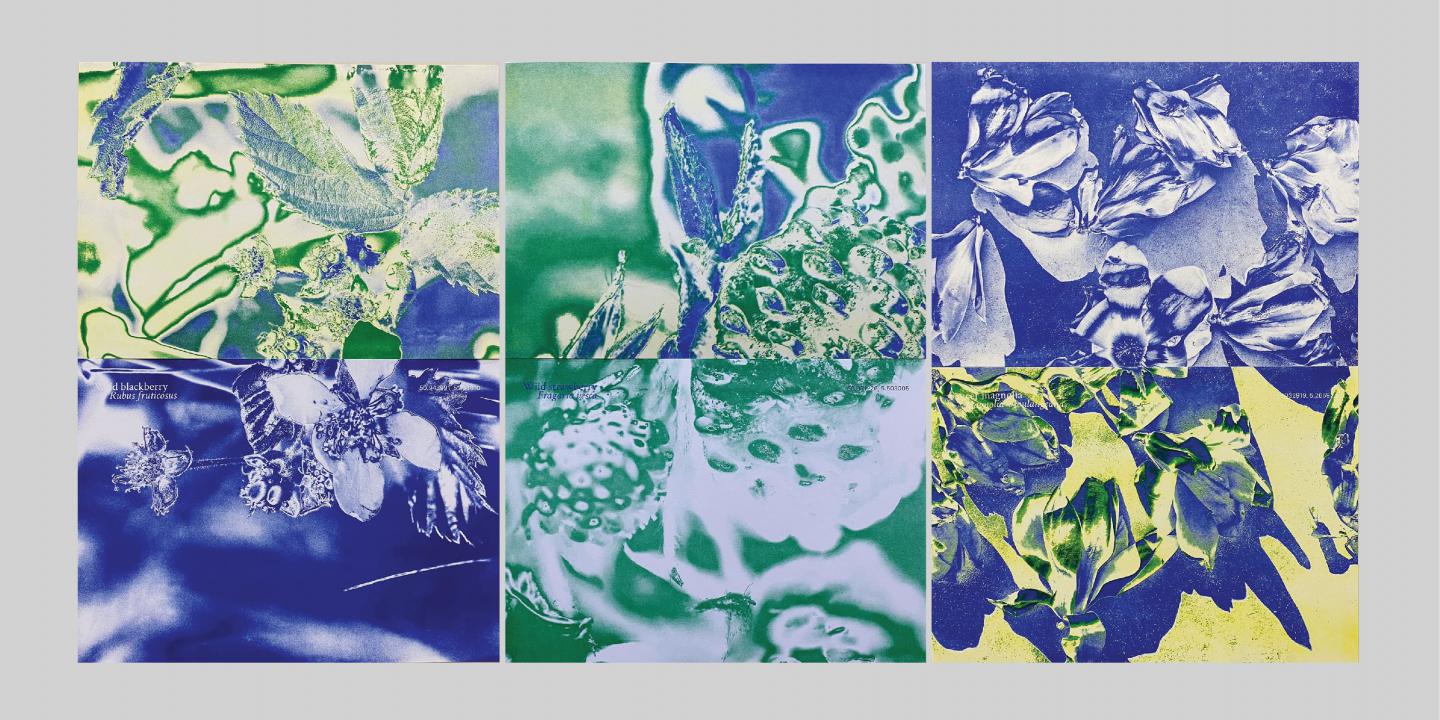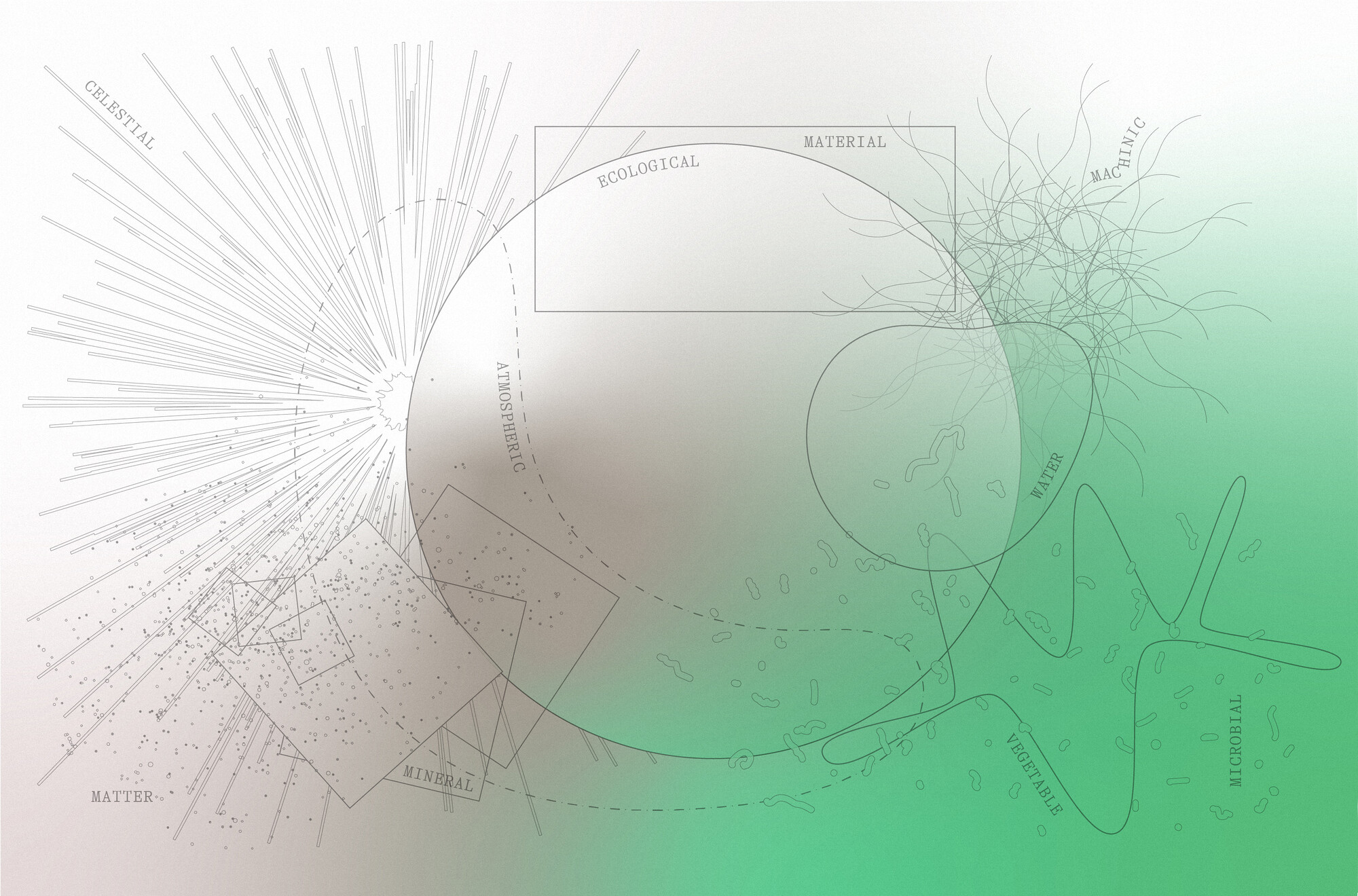“Many of the stinkiest cheeses are hosts to species of bacteria closely related to the bacteria responsible for the characteristic smells of human armpits or feet.” That’s according to Norwegian scent professional Sissel Tolaas and American scientist Christina Agapaki, who cultivated cheese made of bacteria swabbed from chef Michael Pollan’s belly button, writer/curator Hans Ulrich Obrist’s nose, and artist Olafur Eliasson’s tears for their “Selfmade” installation at the “Grown Your Own” exhibition at Dublin’s Science Gallery.
Tolaas and Agapaki refer to the synthetically grown cheese rounds as “microbial sketches: portraits reflecting an individual’s microbial landscape in a unique cheese.”It’s the perfect choice to showcase their broader ideas about synthetic biology. Each cheese has a set of microbes and resulting odor that’s unique to itself—just like the human body. Plus, not only does cheesemaking require the specialized systemization of microbial life that Tolaas and Agapaki are looking to explore, but cheese is something we can all get behind; it’s way easier to understand and get excited about than a culture growing in a dish of agar jelly, for example (though personally, we think that’s pretty fascinating stuff).
And while you may or may not be the kind of person who will rush out to the nearest science supply store to start your own cultivation (the same kind of person that, as Phaidon points out, is probably already brewing beer made from their own beard yeast), it’s definitely left us curious—not just about what we might taste like spread on a cracker (imagine the marketing possibilities here for celebrity cheeses: Beiber fans can gorge on a fine young Brie-leber), but about what might be possible through synthetic biology in the future, which is precisely Tolaas and Agapaki’s point.
For more on the skin ecosystem, see the project’s research on Bacterially.

